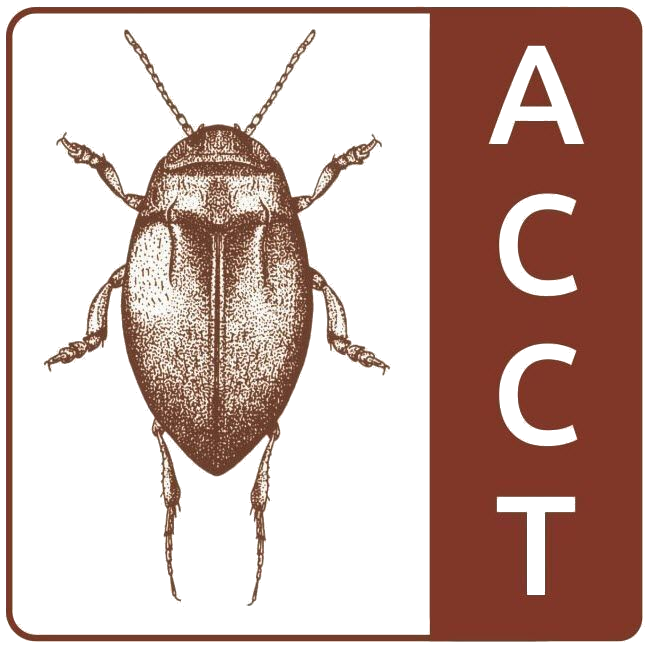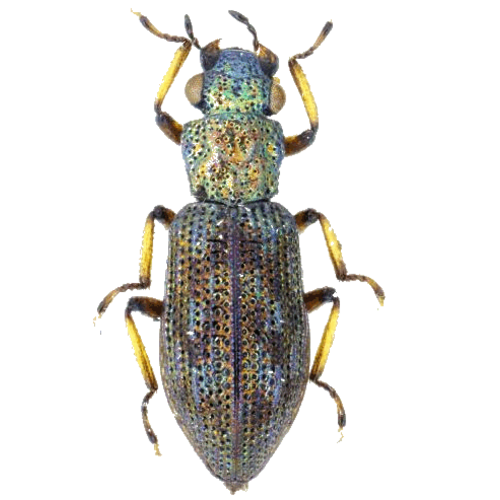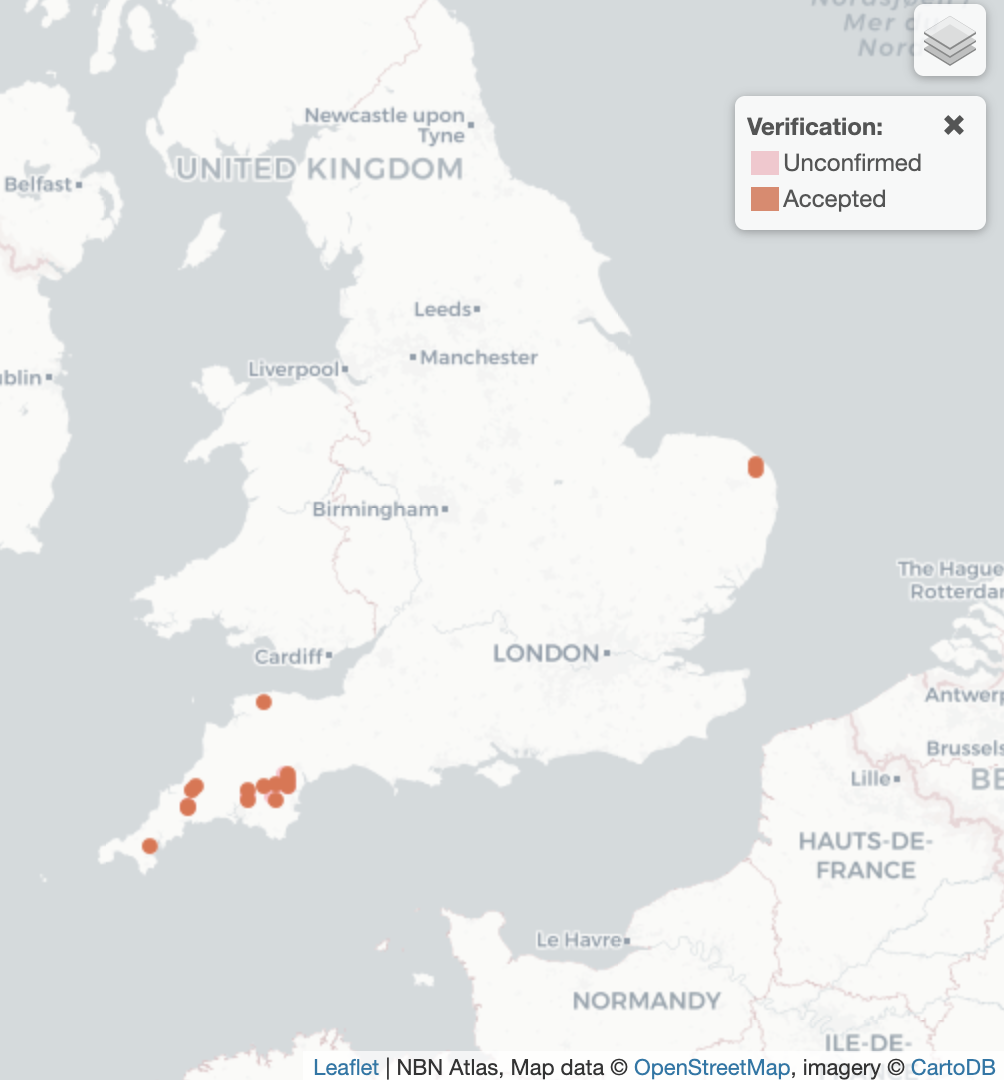Hydrochus nitidicollis
(Mulsant, 1844)
Gravel Water Beetle

Aquatic Coleoptera
Conservation Trust
OVERVIEW

Hydrochus nitidicollis is a rare water scavenger beetle specialised for gravel-rich aquatic environments, earning it the common name "Gravel Water Beetle." This distinctive species represents one of Britain's most habitat-specific aquatic beetles, requiring the precise combination of flowing water and exposed gravel substrates that are increasingly rare in modern watercourses.
CONSERVATION STATUS
Key Threats:
- Stream channelization and gravel removal
- Water pollution and sedimentation
- River management and engineering works
- Climate change affecting stream flows
- Loss of natural gravel bed habitats
Population Trend:
DISTRIBUTION

Current Range: Very rare with few confirmed sites recorded in England, primarily from areas where natural gravel-rich stream and pond margins remain intact and undisturbed.
Habitat Distribution: Found exclusively in margins of gravel-rich stretches of streams, springs, and ponds where exposed gravel beds provide essential microhabitat conditions for both feeding and reproduction.
ECOLOGY & HABITAT
Gravel Beds
Exposed gravel substrates in flowing water systems
Stream Margins
Shallow margins of clear, fast-flowing streams
Spring Sources
Natural springs with consistent water flow and gravel
Life Cycle: Complete metamorphosis with larvae requiring interstitial spaces in gravel for development and protection
Diet: Feeds on organic detritus, algae, and microorganisms trapped within gravel substrates
Gravel Dependency: Both adults and larvae depend on clean, well-oxygenated gravel beds for all life stages
CONSERVATION ACTIONS
Gravel Habitat Protection
Protect existing natural gravel beds from disturbance
Stream Restoration
Restore natural gravel substrates in degraded streams
Siltation Control
Reduce agricultural and urban runoff causing siltation
Survey & Search
Intensive surveys to locate additional populations